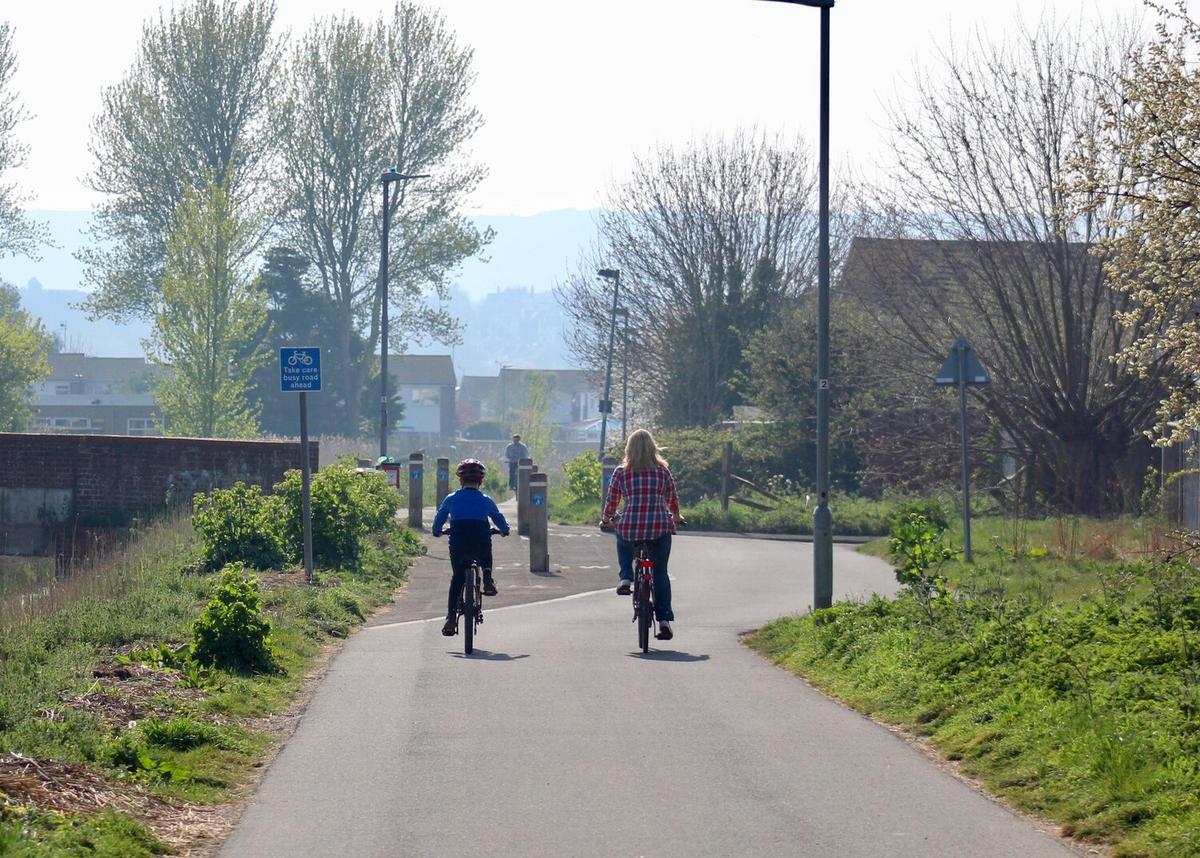
Reforestation as a Key Strategy to Combat Climate Change
As the global community grapples with the critical challenge of climate change, reforestation emerges as a pivotal strategy in our environmental toolkit. By restoring forests, we not only sequester carbon but also enhance biodiversity, protect ecosystems, and foster sustainable communities. This article delves into the multifaceted benefits of reforestation and its essential role in mitigating climate change.
Reforestation is not just about planting trees; it’s about reviving ecosystems and creating a sustainable future. Experts agree that reforestation is a vital component in the fight against climate change. According to a study published in Science Magazine, restoring forests could absorb a significant amount of atmospheric carbon dioxide, offering a natural solution to global warming.
Why Reforestation Matters
Forests are the lungs of our planet, absorbing carbon dioxide and releasing oxygen. They play a crucial role in maintaining the earth’s climate balance. With deforestation contributing to approximately 10% of global greenhouse gas emissions, reforestation efforts are critical.
Dr. Thomas Crowther, an ecologist, mentions, “Reforestation is among the most effective strategies for climate mitigation due to its ability to capture carbon at a large scale.”
The Benefits of Reforestation
- Carbon Sequestration: Trees absorb CO2, helping to reduce overall carbon levels.
- Biodiversity: Reforestation provides habitats for a wide range of species, enhancing ecological diversity.
- Soil Health: Trees prevent soil erosion and improve water retention.
- Community Impact: Reforestation can create jobs and promote sustainable land use.
Statistics Highlighting the Impact
| Region | Annual Reforestation Rate (hectares) | Carbon Sequestration Potential (Metric Tons) | Biodiversity Increase (%) |
|---|---|---|---|
| Amazon Basin | 500,000 | 2.5 billion | 15 |
| Southeast Asia | 300,000 | 1.8 billion | 12 |
| Central Africa | 250,000 | 1.2 billion | 10 |
| Europe | 150,000 | 800 million | 8 |
| North America | 100,000 | 500 million | 5 |
| Australia | 70,000 | 350 million | 3 |
| India | 200,000 | 1 billion | 7 |
| China | 400,000 | 2 billion | 14 |
Personal Stories of Impact
Consider the story of Carlos, a farmer in Brazil who turned his deforested land into a thriving forest. By planting native species, Carlos not only restored the land’s fertility but also created a habitat for wildlife. His efforts have inspired local communities to embark on similar projects, showcasing the ripple effect of reforestation.
Getting Involved in Reforestation
Reforestation is a cause that everyone can support. Here are some ways to get involved:
- Support Reforestation Organizations: Many organizations are dedicated to planting trees and restoring forests. Consider donating or volunteering.
- Plant a Tree: In your community or backyard, planting even one tree can make a difference.
- Educate Others: Raise awareness about the importance of reforestation in climate change mitigation.
Frequently Asked Questions
What is the most effective tree species for carbon sequestration?
There isn’t a single “most effective” species as it depends on the region. Native species are typically best for local ecosystems.
How long does it take for a reforested area to make an impact on climate change?
While immediate benefits can be seen in biodiversity and soil health, significant carbon sequestration typically begins around 10-20 years after planting.
Conclusion
Reforestation stands as a powerful strategy in combating climate change. By restoring our forests, we can reduce carbon levels, support biodiversity, and create sustainable communities. As individuals and communities, we can take action today to support reforestation efforts. Whether it’s planting a tree, donating to reforestation projects, or simply spreading the word, every effort counts in the fight against climate change.


